Reindeer have Naked Reunion (1993)it rough, and not because Santa makes them fly around the globe.
In August, a lighting strike killed more than 300 of the animals in Norway, only a month after thousands of reindeer in Russia died from an anthrax epidemic. In 2013, around 61,000 reindeer starved to death on Russia's Yamal Peninsula after rare Arctic rains cut off their food supply.
Now scientists say reindeer are physically shrinking as climate change disrupts their diets of grasses, mosses and lichens.
SEE ALSO: Domino's Japan is training reindeer to deliver holiday pizza. Yes, really.Over the last 20 years, the weight of adult reindeer in Norway has declined by 12 percent, according to ecologists from the U.K.'s James Hutton Institute, the Norwegian Institute for Nature Research and the Norwegian University of Life Sciences.
Reindeer born in 1994 weighed 55 kilograms, or 121 pounds, once they reached adulthood, the ecologists found. But reindeer born in 2010 only weighed about 48 kilograms, or 106 pounds, as adults.
 A reindeer herder feeds the deer at Cairngorms National Park in northeast Scotland, Dec. 14, 2014. Credit: Jeff J Mitchell/Getty Images
A reindeer herder feeds the deer at Cairngorms National Park in northeast Scotland, Dec. 14, 2014. Credit: Jeff J Mitchell/Getty Images Researchers presented their findings Monday at the British Ecological Society's meeting in Liverpool, in an update to their paper published earlier this year in Global Change Biology.
The team had studied reindeer on Norway's Svalbard archipelago during a period of noticeable summer and winter warming in the Arctic.
Steve Albon, the study's leader and a professor at the James Hutton Institute, said he believed that several factors -- all connected to human-cased climate change -- may be responsible for making the reindeer lighter and smaller.
Warming winters mean Svalbard is getting more rain. When rain falls on the snow and freezes, reindeer can't push the snow aside and reach the grasses underneath. Snow typically covers the ground in Svalbard for eight months each year, meaning reindeer are increasingly cut off from their food supplies for longer stretches of time.
 Original image has been replaced. Credit: Mashable
Original image has been replaced. Credit: Mashable Reindeer populations are also rising due to warmer summers. In June and July, when grasses typically grow, the pastures are becoming more productive. Female reindeer start gaining weight in the autumn and conceiving more calves, boosting competition for food and further straining the food supply.
"The implications are that there may well be further smaller reindeer in the Arctic in the coming decades but possibly at risk of extensive die-offs because of increased ice on the ground," Albon said in a statement.
Topics Animals
(Editor: {typename type="name"/})
 Fathers Sway above It All by Chelsea Bieker
Fathers Sway above It All by Chelsea Bieker
 What Our Contributors Are Reading This Spring by The Paris Review
What Our Contributors Are Reading This Spring by The Paris Review
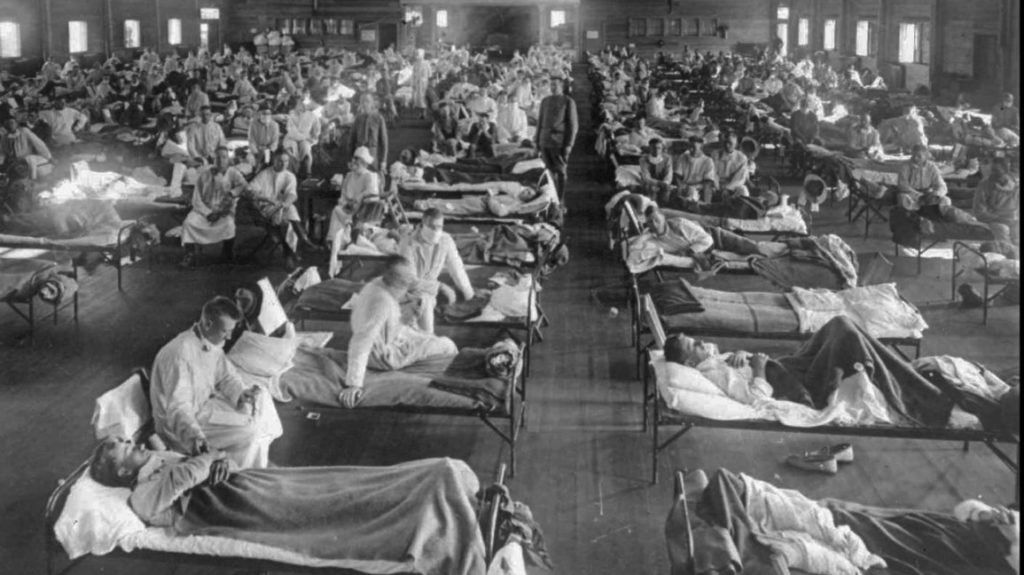 How Pandemics Seep into Literature by Elizabeth Outka
How Pandemics Seep into Literature by Elizabeth Outka
 Gods of War
Gods of War
Barcelona Open 2025 livestream: Watch live tennis for free
 TL;DR:Live stream the 2025 Barcelona Open for free on RTVE. Access this free streaming platform from
...[Details]
TL;DR:Live stream the 2025 Barcelona Open for free on RTVE. Access this free streaming platform from
...[Details]
Redux: Red, Black, and Purple Zigzags by The Paris Review
 Redux: Red, Black, and Purple ZigzagsBy The Paris ReviewMay 5, 2020ReduxEvery week, the editors of T
...[Details]
Redux: Red, Black, and Purple ZigzagsBy The Paris ReviewMay 5, 2020ReduxEvery week, the editors of T
...[Details]
None of Us Are Normal by Julia Berick
 None of Us Are NormalBy Julia BerickApril 29, 2020Arts & Culture“You are not the first of my pat
...[Details]
None of Us Are NormalBy Julia BerickApril 29, 2020Arts & Culture“You are not the first of my pat
...[Details]
 My MotherBy Brit BennettMay 8, 2020First PersonThe author’s mother in the seventies. Photo: © Brit B
...[Details]
My MotherBy Brit BennettMay 8, 2020First PersonThe author’s mother in the seventies. Photo: © Brit B
...[Details]
Best Garmin deal: Save $50 on the Venu 3S at Best Buy
 SAVE $50:As of March 17, the Garmin Venu 3S is on sale at Best Buy for $399.99. That's 11% off its l
...[Details]
SAVE $50:As of March 17, the Garmin Venu 3S is on sale at Best Buy for $399.99. That's 11% off its l
...[Details]
Dorothea Lange’s Angel of History by Rebecca Solnit
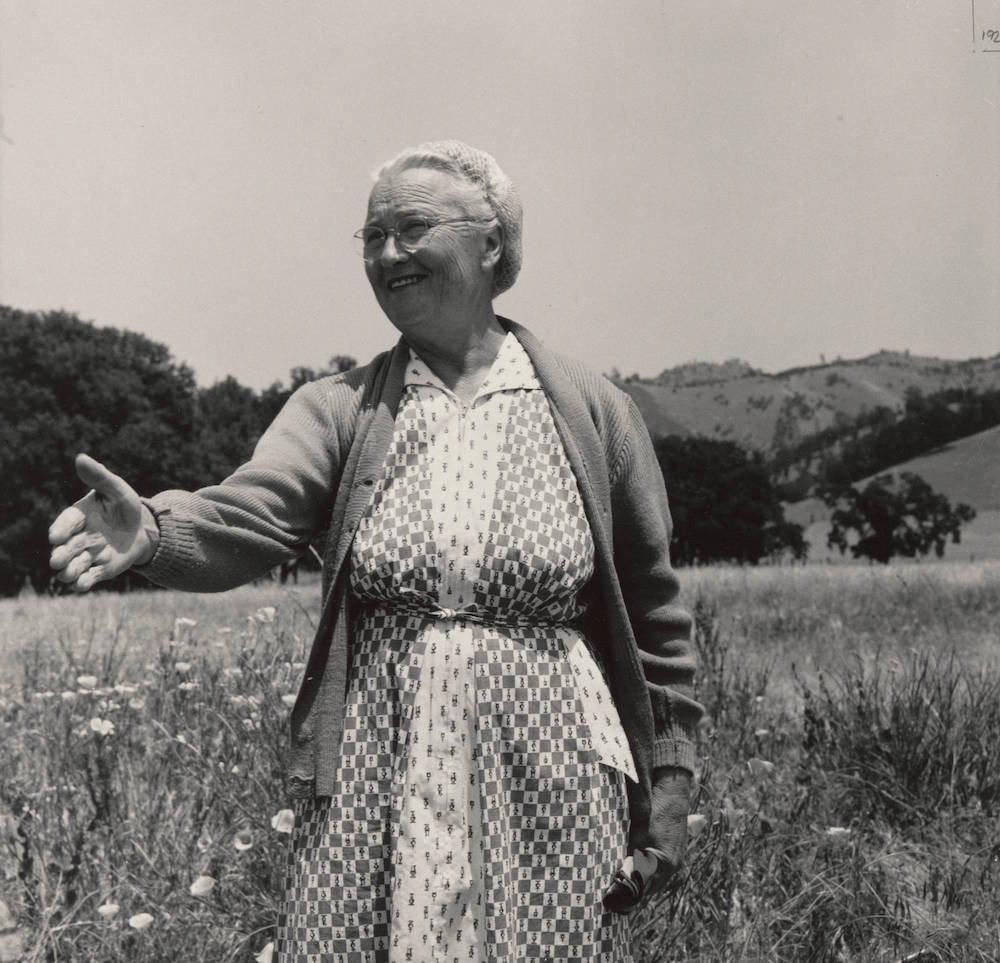 Dorothea Lange’s Angel of HistoryBy Rebecca SolnitMarch 31, 2020Arts & CultureThe following essa
...[Details]
Dorothea Lange’s Angel of HistoryBy Rebecca SolnitMarch 31, 2020Arts & CultureThe following essa
...[Details]
The Phony Warrior by Yoshiharu Tsuge
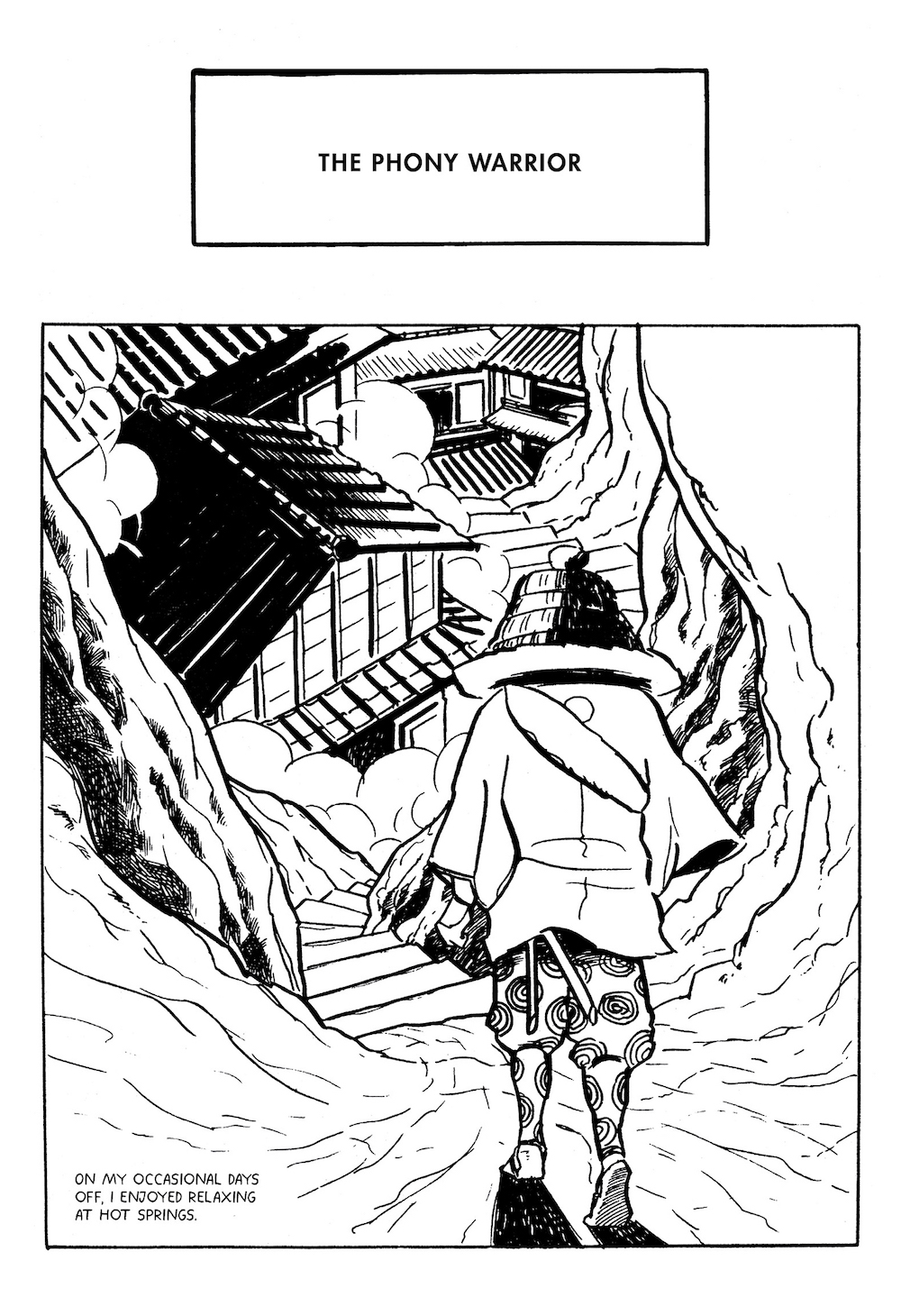 The Phony WarriorBy Yoshiharu TsugeApril 17, 2020ComicsThe below is an excerpt fromThe Swamp, the fi
...[Details]
The Phony WarriorBy Yoshiharu TsugeApril 17, 2020ComicsThe below is an excerpt fromThe Swamp, the fi
...[Details]
The Art of Distance No. 7 by The Paris Review
 The Art of Distance No. 7By The Paris ReviewMay 4, 2020The Art of DistanceIn March, The Paris Review
...[Details]
The Art of Distance No. 7By The Paris ReviewMay 4, 2020The Art of DistanceIn March, The Paris Review
...[Details]
Sunday's Fat Bear Week match pits two fat favorites against each other
 Welcome toFat Bear Weekat Mashable! Each fall, Katmai National Park holds a competition as Alaska&rs
...[Details]
Welcome toFat Bear Weekat Mashable! Each fall, Katmai National Park holds a competition as Alaska&rs
...[Details]
Graciliano Ramos and the Plague by Padma Viswanathan
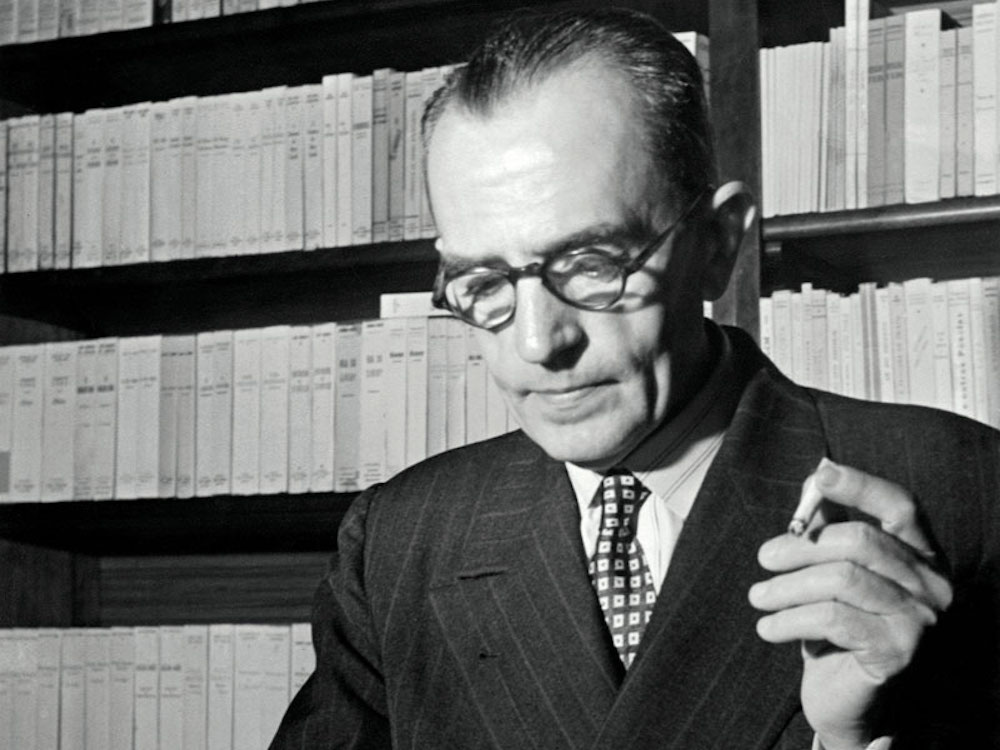 Graciliano Ramos and the PlagueBy Padma ViswanathanMay 15, 2020Arts & CultureGraciliano Ramos.In
...[Details]
Graciliano Ramos and the PlagueBy Padma ViswanathanMay 15, 2020Arts & CultureGraciliano Ramos.In
...[Details]
WhatsApp launches 'Advanced Chat Privacy' to protect sensitive conversations

Inside Story: A Wrinkle in Time by Derek Palacio
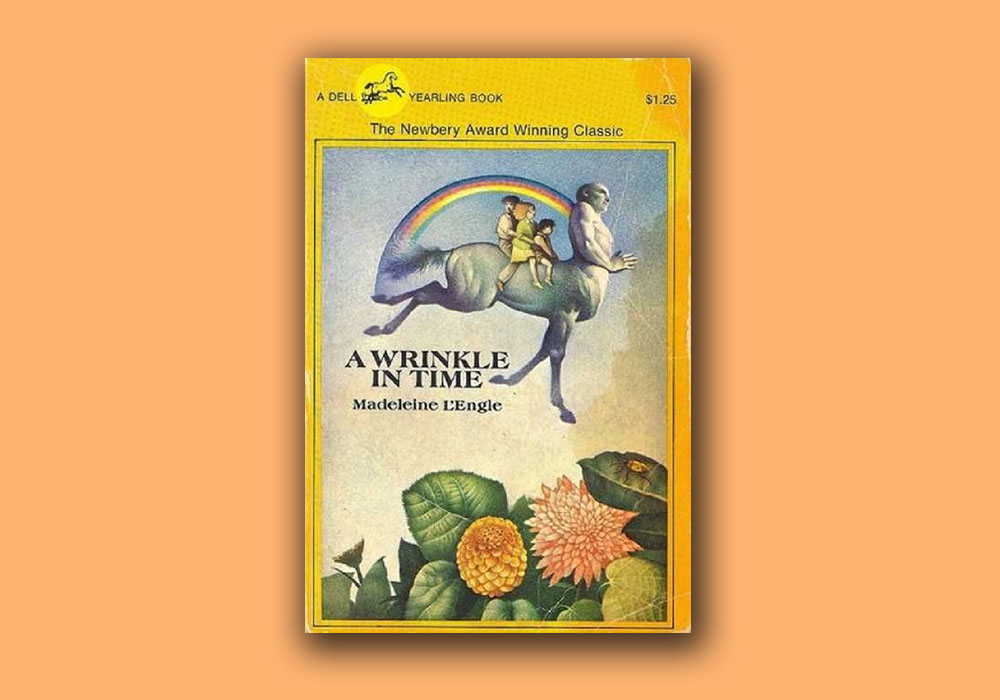
接受PR>=1、BR>=1,流量相当,内容相关类链接。